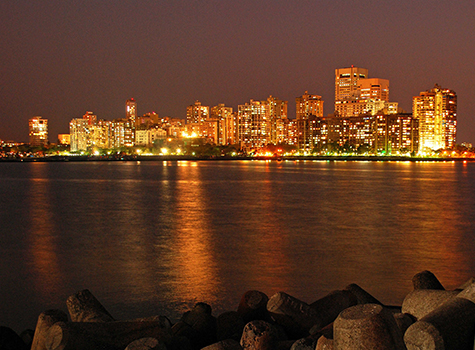By Shyama Parui

In a kitchen mishap last month, I ended up getting four stitches on my right palm that suddenly poured a few hours of free time into my lap. And I certainly took advantage of the opportunity and watched movies that have been sitting on my watchlist for weeks. As I was watching Confessions of a Shopaholic, I wondered what my shopping habits would say about me. In my view, I am not close to being a shopaholic by any definition.
Go ahead, roll your eyes, and say, “whatever.” I do not believe that I shop enough or obsessively enough to earn that label, and I am certain that my husband will attest to that. In fact, at times, I experience boredom at the mall, I discard printed catalogs, ignore online ads, and decline free offers. Although, if I see myself through my mother’s eyes, I am drowning in my desire to purchase and own possessions unrelated to valid needs. Well, that seems scary, so I am going to stick to my own evaluation.
Jokes aside, it is easy to fall into the trap that the movie’s central character Rebecca fell into. External pressures to empty your wallet can be so high that consumers continue to buy things for which they do not have space. The urge to collect desirable goods can turn into a financial burden and refraining from that transaction can cause withdrawal symptoms, often destroying personal relationships. I suspect this problem is worsening with every generation.
Unlike my parents, I face an incessant flow of advertisements daily to acquire products, subscribe to services and entertainment options paired with multiple options for payment, too. I succumb to those temptations more often than I would like to admit. Am I doomed?
Over the past several decades, there has been a shift in the global economy away from agriculture, manufacturing of durables to a heavy focus on consumer goods. Overall, the frequency and quantity of shopping per person has increased, and one can observe that change without referring to business articles. Simultaneously, the average consumer’s behavior and expectations have changed. For example, durability is not essential anymore.
I remember my dad advising us to select items that would last longer but today, even expensive products such as cellphones are past their peak functioning after two years. Fast fashion chains count on customers to discard their clothing after wearing it once or twice, which in turn creates a whole new problem of waste disposal but that is another topic.
The only good thing about wearing awful school uniforms during my childhood in Mumbai was the excitement I felt when my family took me shopping for festivals like Durga Puja and Diwali. Except for special occasions such as family weddings, there was little incentive to splurge. BOGO deals, loyalty points and enticing sales were unheard of in those days. Besides, the weather did not offer much of an excuse for seasonal fashion.
My friends and I were only aware of a handful of international brands such as United Colors of Benetton and Swatch to name a couple so the craving to procure those popular labels was limited. As I am writing this, it feels like a lifetime ago because the retail landscape in India has transformed over the last two decades. Although, the tendency to buy unnecessary things, hoard stuff and indulge in extravagance is not new.
I am not embarrassed to confess that I am just as materialistic as the person next door. In true American spirit I have embraced consumerism by obtaining impractical thingamabobs every season. In the early 2000s, traditional Indian attire and home décor were not available in local stores and when they were available at fairs such as The Festival of India, I found them to be low in quality and high in price, so I stayed away from them.
Later with the influx of vendors selling a wide variety of Indian merchandise from online businesses to the Home Goods down the street, my purchases in that category have grown exponentially.
All of this without even trying and despite my stubborn refusal to attend any of the “live” sales on social media. If you are wondering what they are, the “live” sessions are like the new age version of QVC shows.
I fear that my children who are now stepping into adulthood will need to make tough decisions to balance their finances and shopping. They have handled money responsibly until now. Today’s young adults are vulnerable in a world where influencers try to coax viewers and retailers reward impulsive decisions. I will advise them to examine their motivations for shopping as well as set up guidelines for their financial decisions. The idea is not to base goals simply on numbers such as income or balance expenses and savings but to further understand who you are buying for and why.
We often forget to question the intention behind our purchases. It is worth asking, if we are buying to impress other people based on brands or novelty, will that benefit us in any way? Should we grab an online deal on a product to own a designer brand or wait to walk into a store to experience its luxurious quality and then determine if the extravagance is worth the indulgence or in some cases, the investment?
It is my firm belief that when it comes to spending discretionary income, delayed gratification, introspection, and self-awareness are instrumental in controlling wasteful expenditure. I will refuse to install shopping apps on the phone to steer me away from impulsiveness and avoid platforms that make me nauseous with excessive advertising. And if I ever cross the line from being crazy about shopping to becoming addicted, I promise to seek help. I urge fellow shoppers to do the same but remember that retail therapy is not an option for this malaise.
Shyama Parui is a long time North Carolina resident and an ardent writer. You can reach her at: [email protected]


